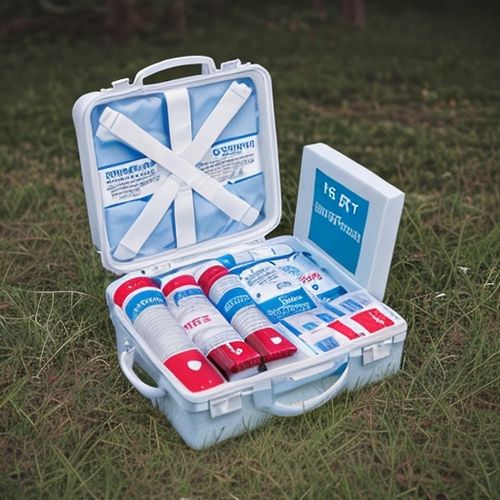Taking proper care of your clothing is essential for maintaining their quality, longevity, and appearance. Different fabrics require specific cleaning and storage methods to prevent damage, fading, or shrinkage. Whether you're dealing with delicate silks, sturdy denim, or cozy wool, understanding the fundamentals of fabric care can make a significant difference in how your garments look and feel over time.
Cotton is one of the most common and versatile fabrics, known for its breathability and durability. While cotton garments can withstand machine washing, using cold water helps preserve their color and prevent shrinkage. Avoid overloading the washing machine to ensure thorough cleaning. For heavily soiled items, a pre-soak in mild detergent can be beneficial. When drying, opt for air drying or use a low-heat setting to minimize wear and tear. Store cotton clothing in a cool, dry place to prevent mildew, and avoid hanging heavy items like sweaters to prevent stretching.
Silk is a luxurious yet delicate fabric that demands gentle handling. Hand washing in cold water with a mild detergent is ideal, though some silk items may be labeled as dry-clean only. Never wring or twist silk, as this can distort its shape—instead, gently press out excess water and lay the garment flat to dry. Ironing should be done on the lowest heat setting while the fabric is still slightly damp. To store silk, use padded hangers to maintain its structure and keep it away from direct sunlight, which can cause fading.
Wool is a natural fiber that provides warmth but requires careful maintenance. Hand washing in lukewarm water with a wool-specific detergent is recommended to prevent felting or shrinkage. Avoid agitating the fabric too much, and never use hot water. After washing, roll the garment in a towel to remove excess moisture before laying it flat to dry. Steer clear of hangers, as they can cause wool to lose its shape. For storage, fold wool items and place them in breathable garment bags with cedar blocks to deter moths.
Denim is a sturdy fabric, but improper care can lead to fading or weakening over time. Turn jeans inside out before washing to protect the outer surface, and use cold water to maintain their color. Limit washing frequency to preserve the fabric—spot cleaning can often suffice between washes. Air drying is best, as high heat can cause shrinkage and damage the fibers. When storing denim, fold heavier pieces to prevent stress on the seams and hang lighter items if preferred.
Synthetic fabrics like polyester, nylon, and spandex are known for their resilience and ease of care. Most can be machine washed in cold or warm water, but avoid high heat when drying to prevent melting or warping. These materials are prone to static, so using a dryer sheet can help. Storage is straightforward—simply fold or hang them in a dry closet. However, be mindful of pilling, especially with polyester blends; a fabric shaver can help maintain a smooth appearance.
Linen is a lightweight, breathable fabric that wrinkles easily. Washing linen in cool or lukewarm water helps retain its texture, while air drying minimizes shrinkage. Iron while the fabric is still damp for best results, or embrace its natural wrinkles for a relaxed look. Store linen garments folded to avoid creasing, and ensure they are completely dry before putting them away to prevent mildew.
Proper fabric care extends beyond cleaning—how you store your clothes plays a crucial role in their longevity. Always ensure garments are completely dry before storing to prevent mold and mildew. Use breathable storage solutions like cotton bags or cedar-lined closets for natural fibers. Avoid plastic covers, as they can trap moisture and lead to fabric deterioration. For seasonal items, consider vacuum-sealed bags to save space while keeping them protected.
By tailoring your approach to each fabric type, you can keep your wardrobe looking fresh and well-maintained for years. Whether it’s the gentle touch needed for silk or the robust care for denim, understanding these principles ensures your clothes remain in top condition, saving you money and reducing waste in the long run.

By /May 21, 2025

By /May 21, 2025

By /May 21, 2025

By /May 21, 2025

By /May 21, 2025

By /May 21, 2025

By /May 21, 2025

By /May 21, 2025

By /May 21, 2025

By /May 17, 2025

By /May 17, 2025

By /May 17, 2025

By /May 17, 2025

By /May 17, 2025

By /May 17, 2025

By /May 17, 2025

By /May 17, 2025

By /May 17, 2025

By David Anderson/Apr 29, 2025